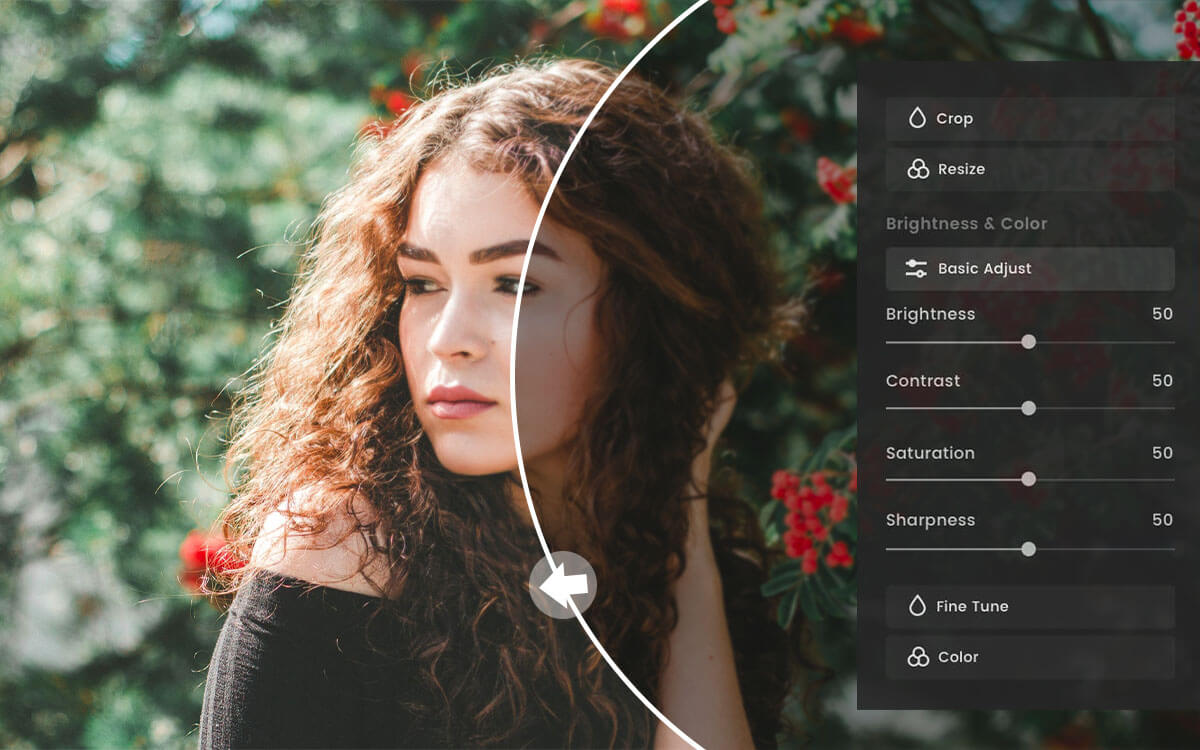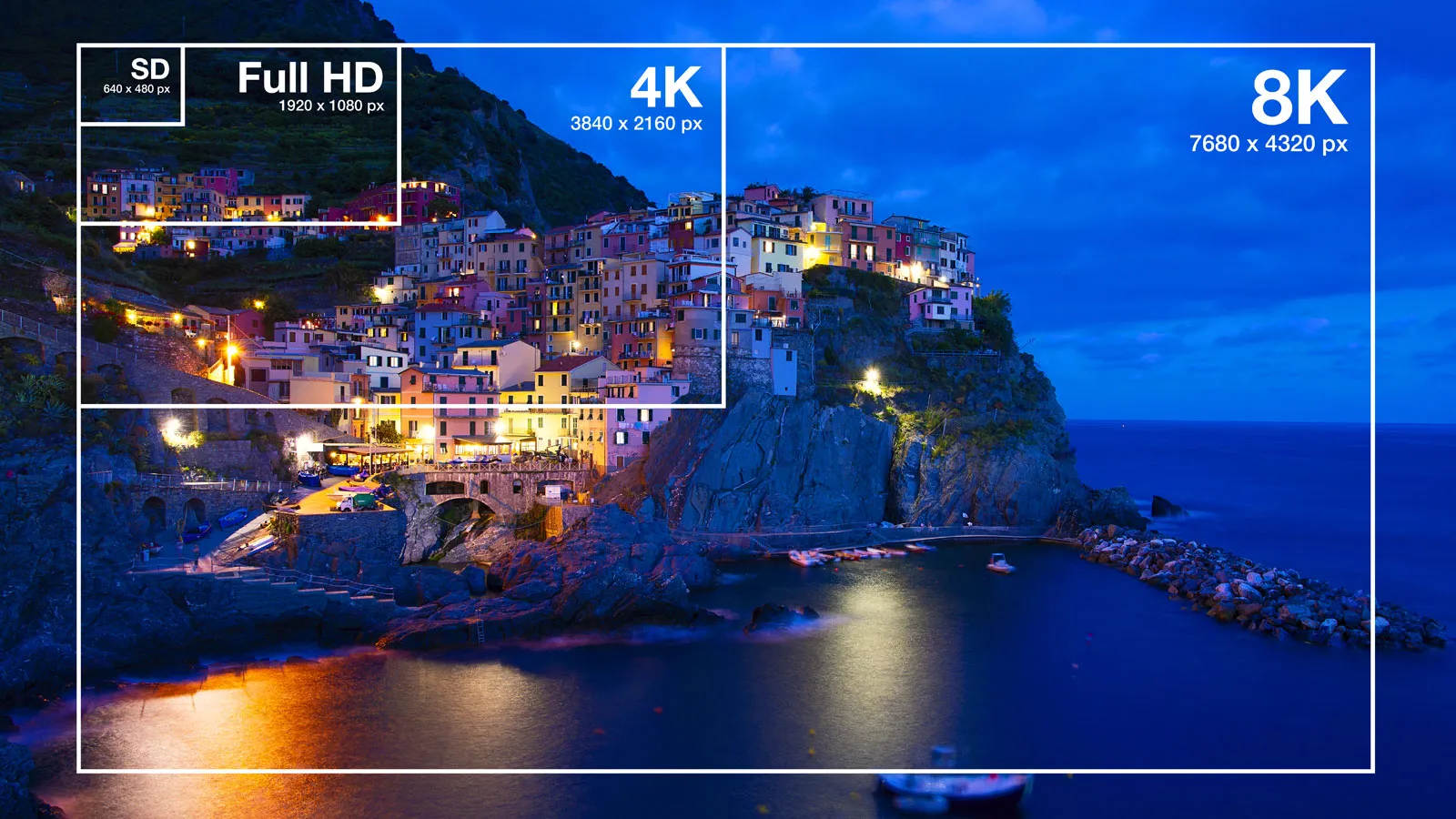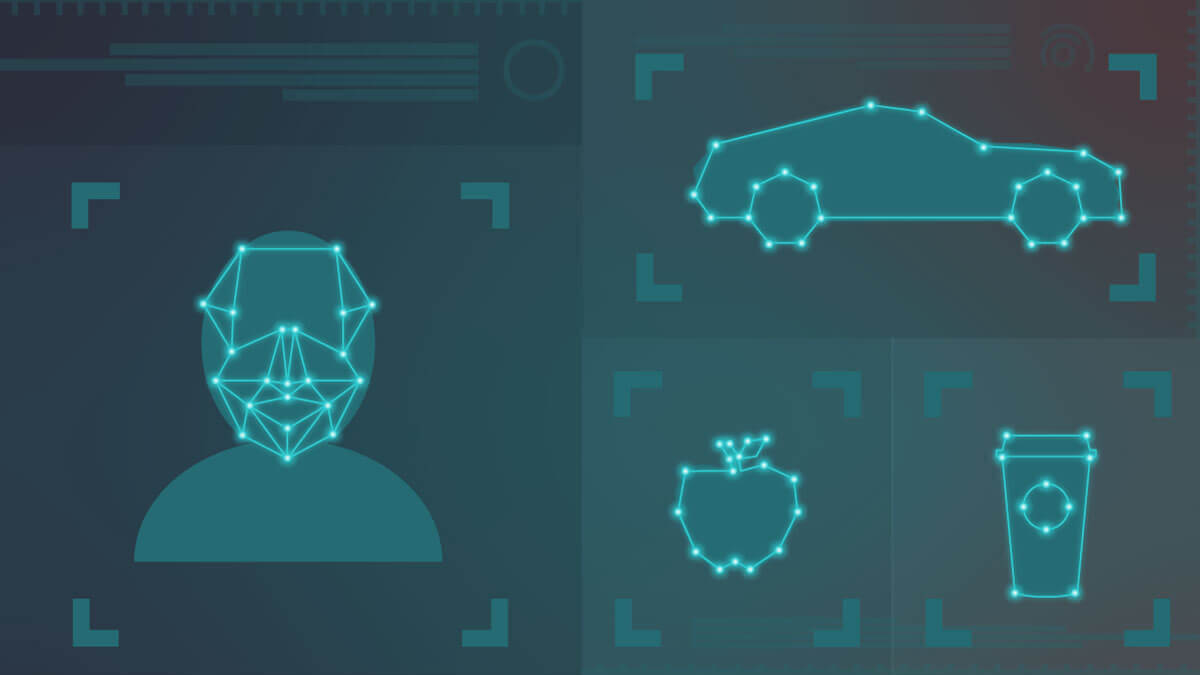From media and healthcare to e-commerce and security, good quality images are a need in today's digital world.
Whether it be a photo enhancer, used to enhance personal photos, or the use of clear product images while retailing them online, clarity and sharpness play a great role.
The resolution of an image-that is, the number of pixels contained in a visual-determines clearness.
An image with high photo resolution will hence make for a high-quality image, while ai image with low-quality photos may appear grainy or blurred.
The conventional methods of photo enhancement include mutual bilinear and bicubic interpolation, which reduce the quality of photos and give very poor-quality photos.
On the other hand, image enhancers are the first to feature deep learning and hence take up a completely new dimension in how photo enhancements are done and photo quality is improved.
As a matter of fact, AI image enhancer tools enhanced image that eventually come out as glorious photos with low quality pictures all their details and sharpness preserved.
How do these AI photo enhancers improve image resolution?
This article looks at the benefits accruing from the use of the technology and the future of photo enhancement using AI.
What is AI-Based Image Resolution Enhancement?

The work of AI-based image resolution enhancers involves the use of machine learning algorithms to enhance the resolution of images.
Trained on several images with both low and high resolution, models learn how to reconstruct high-quality photos from their low-quality versions and image size.
Some of the sophisticated techniques involved in AI enhancement include:
1. SRCNNs:
These networks learn the relationship between low and high-resolution images, enhancing photo quality, hence producing improved, sharp, and detailed images.
2. GANs:
The GANs like SRGAN use the generator and discriminator to produce high-resolution images. This process of the image improver will therefore produce more realistic images by minimizing jpeg artifacts and other distortions.
3. Vision Transformers (ViTs):
While originally designed for text, they now operate on images to model dependencies over larger contexts, which improves image quality by rearranging pixels across the entire image, enhancing clarity and details.
These AI models are designed to be image enlargers, aimed at increasing the size of an image without deteriorating the quality of the original photo by introducing blurry photos or artifacts.
Unlike the classical algorithms, which only average the existing pixels, AI-based methods predict new pixel data for more accurate enhancement of images.
Advantages of Using AI in Image Resolution Enhancement

1. High Quality of Images:
AI-powered enhancers work at preserving sharpness, texture, and fine details to generate high-quality images.
You will feel the difference upon uploading the low quality image to these tools. Low-resolution pictures get converted into professional-looking photos with realism and clarity.
The ability of this kind of technology to further enhance images' image and quality online without any reduction in quality is one reason industries related to e-commerce and photography exist.
2. Recovering Hidden Details:
AI models recover details from the mediocre picture quality can get lost-for example, textures in old photos or finer details in family photos.
This is especially useful when trying to enhance photo quality, restore old hd photo or enhance property photos for online listings. AI upscale images with precision, revealing hidden details multiple images that are missed by traditional methods.
3. Time and Cost Efficiency:
This has meant that the processes of manual photo enhancement or recapturing high-resolution images have been cumbersome and expensive.
AI-powered upscale of images automates the process; thus, users can quickly enhance photo resolution in an effective manner to save effort and time.
Most have now come up with free AI photo enhancers where users just have to simply upload their pictures and get enhanced versions within fractions of a second.
4. Automation and Scalability:
This is particularly ideal for businesses whereby AI models can perform large-scale batch processing, which improve image quality online images in a much speedier way.
A good example is e-commerce, whereby AI upscaling enables it to process thousands of images in a manner that ensures uniform visual appeal.
Additionally, with the ease of operation provided by user-friendly platforms, it becomes so easy for anyone to go online and improve image quality using online image enhancer.
5. Noise and Artifact Reduction:
In fact, AI tools reduce noise and avoid Jpeg artifacts. Still, they are very much important, mainly when one has a camera that is either of low quality or captures in poor light.
This is most useful in security industries where enhancing the visuals shall get a better view of objects or persons captured by surveillance cameras.
6. Much More Than Resolution Enhancement:
The applications of AI in photo enhancement, other than enhance quality of image resolution, include enhancing color, contrast, and sharpness.
In other words, photographers or content developers might capture their images online and use AI-powered photo enhancers to generate HD-quality images with much higher aesthetics.
Applications of AI for Image Resolution Enhancement

1. Healthcare and Medical Imaging:
AI increases resolution in X-rays, MRI, and other medical scanning devices to give doctors the best view for diagnosis. AI photo enhancement has created high-resolution visuals that help find diseases and help in further improving image quality and patient care.
2. Photography and Media:
Professional photographers use AI tools for upscaling pictures in digital art, prints, and advertising. AI-generated arts or restored old photos can be transformed into quality high-definition photos for display or archiving purposes.
3. E-commerce and Retail:
The inclusion of professional photographer more AI-enriched product images leads to increased engagement by customers with the brand and culminates in higher sales. Improving the image quality online and of images taken of properties or products assists a business in gaining an edge with professional visuals.
4. Security and Surveillance:
AI upscales low-resolution security footage, improving the clarity of low-quality videos and images for better identification in security or law enforcement settings.
5. Satellite and Remote Sensing:
AI helps improve the desired resolution of satellite images used for environmental monitoring, urban planning, and defense applications. It upscales the images, hence providing more accurate data from such analyses.
Popular AI Tools and Technologies for Image Resolution Enhancement

Following are some AI-enabled image quality enhancers for user-friendly, easy-operate interfaces:
ESRGAN:
It is well known to generate sharp, natural textures in upscaled images.
Real-ESRGAN:
More complete than ESRGAN and takes real-world degradations into consideration during photos.
DeepAI's Photo Enhancer:
Provides users with the ability to enhance image quality through a very simple user friendly interface.
Topaz Labs Gigapixel AI:
Favored by professional photographers to generate high-resolution, professional-looking images from sources with low resolution.
Limitations and Challenges of AI for Image Resolution Enhancement
While AI-powered photo enhancers promise a bunch of substantial advantages, there are some challenges that remain, such as:
Data Quality: The models would require quality data to train them. Poor training data will result in suboptimal results with possible jpeg artifacts in the output.
Computational Resources: AI models require high resource usage since they are computationally intensive.
Ethical Issues: AI-generated images have serious ethical issues regarding deepfakes, or manipulation of visuals to mislead people.
Future Trends in AI-Based Image Resolution Enhancement

The future trend will be real-time enhancement for mobile devices, integration of image resolution enhancers with the mechanism of object recognition for wider image analysis, improvements in batch processing, and scalability to help AI tools be more accessible to businesses and individuals.
Conclusion
Contrasting these, AI-based photo enhancers offer a host of advantages, including higher quality, greater efficiency, and better scalability.
Already, applications in healthcare, e-commerce, and security have shown us the changing face of enhanced images through this intelligent technology known as AI.
Besides, in the near future, we can certainly expect even more innovative and powerful means to make ai enhance image quality of images not only for personal use but also for professional photographers and large-scale businesses, too, as the AI technology develops more.
Frequency Asked Questions (FAQs)
1. What is AI-based image resolution enhancement?
Answer: AI-based image resolution enhancement uses machine learning algorithms, such as Super-Resolution Convolutional Neural Networks (SRCNN) and Generative Adversarial Networks (GANs), to improve the quality and resolution of low-quality images.
These models analyse patterns in low-resolution images and predict how they would look in high resolution, generating high quality images without the typical blurring or pixelation of traditional methods.
2. How does AI improve image quality compared to traditional methods?
Answer: Traditional methods like bilinear and bicubic interpolation only average pixel values, often resulting in blurry or grainy visuals. AI models, on the other hand, enhance image quality by predicting new pixel data, preserving fine details, and reducing noise.
3. Can AI-enhanced images be used for professional purposes?
Answer: Yes, AI-enhanced images are increasingly being used in professional settings like e-commerce, photography, healthcare, and media.
4. Are there any free AI photo enhancers available online?
Answer: Yes, several platforms offer free AI photo enhancers that allow users to upload images and receive enhanced versions.
5. What are the limitations of using AI for image enhancement?
Answer: While AI is highly effective, there are some limitations. AI models require high-quality training data, and poor datasets can lead to subpar results.